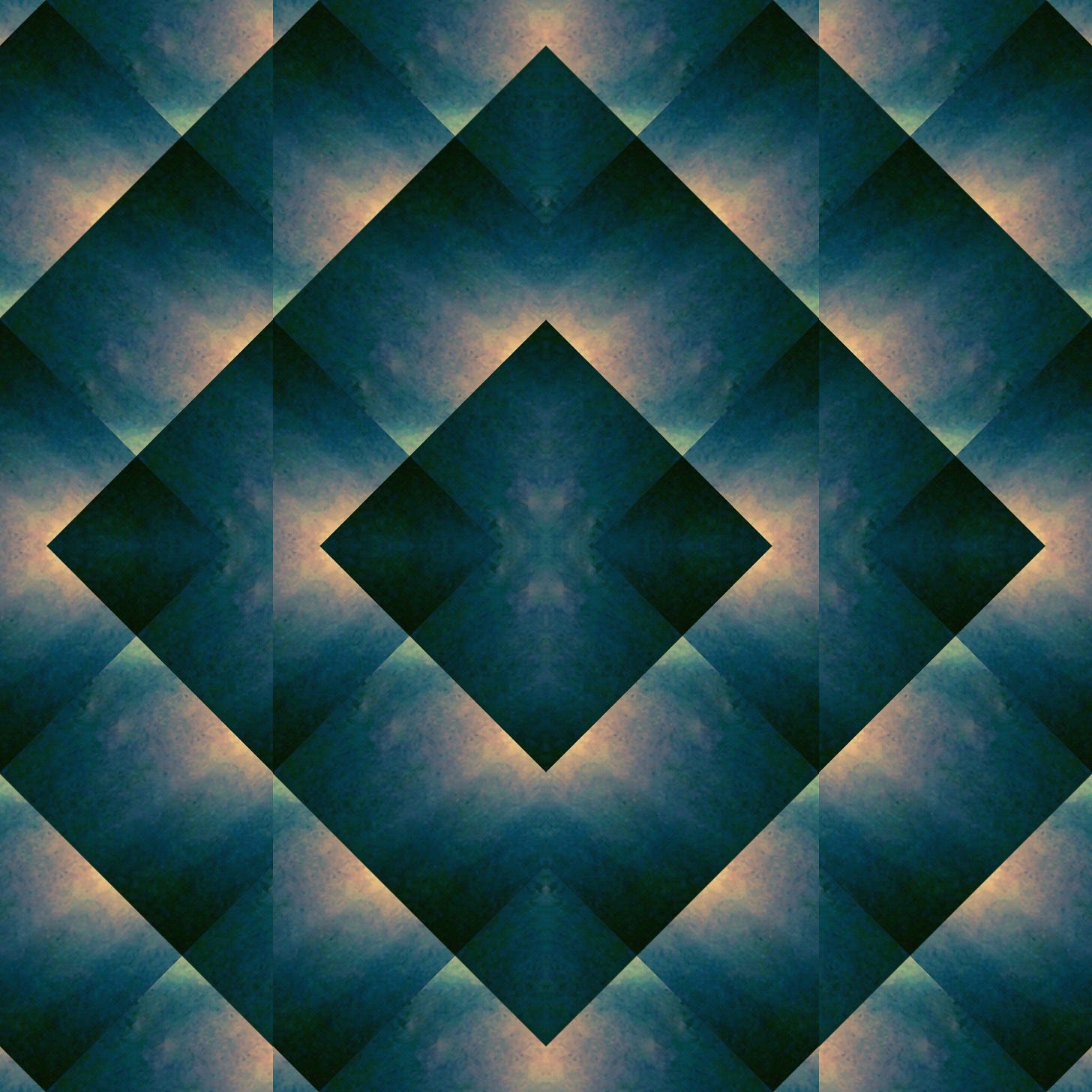Hic sunt dracones (here be dragons) is a term originally thought to be placed on medieval maps to mark out unknown or dangerous territories. Various types of monsters fill in the edges, a powerful illustration of attempts to grapple with the limits of knowledge and experience.
Filling in the unknown with monsters can be seen as a kind of horror vacui, a visual representation of a deeper epistemological discomfort with not knowing. Braxton Soderman describes how ‘horror vacui is the terror of the void, of empty space’, resulting in ‘the over-marking of visual space, excessive decoration that threatens to overwhelm what is being decorated, the stuffing of gaps and caesura with further representation because of the fear to let emptiness reside.’ The social equivalent being the person who constantly speaks to avoid being left alone with their thoughts. Whether maps or minds, it is the gaps that are most troubling.
And so, monsters are drawn, the void is filled. Hideous and strange creatures are ultimately less disturbing than emptiness, simply not knowing. Labelling voids - whether on maps or in our thought - end up being unconvincing attempts to assert control over the unknowable, what lies beyond. This is reflected in these mappa mundi, which now appear as historical curiosities. The fantastic creatures and phantasms that adorn such maps appear as representations of a bygone age, a time ruled by superstition and held back by lack of knowledge. Our maps are now remarkably detailed, and easily available, but still… don’t be fooled, there are dragons out there, you just need to look.
Describing those parts of the maps adorned with hic sunt dracones, Simon Best explains that, ‘these were the places where no-one ventured, or, if they did, never came back, or, if they returned, were never the same again.’ There is something in the way this phrased: few dare to venture to where dragons reside, places where our knowledge breaks down. But those who do so and manage to return, come back changed.
What do we discover at the edges? Two maps offer parallel and powerful images.
The first is a mappa mundi from approximately 1180 in Munich:
The second a nineteenth century Japanese map explaining earthquakes:
These maps convey something quite remarkable. At the limits of the knowable, we find the ouroboros: the dragon eating its tail, a potent symbol of cycles and renewal. Potentially this is what can be found when moving to the edges and staying with the emptiness. Thought and experience endlessly turning on itself.
There is the old line about ‘turtles all the way down’: the world is supported by a turtle, and that is turtle is supported by another turtle, which is supported by another turtle, and so on, forever. Perhaps instead it should be, ‘dragons all the way down.’




